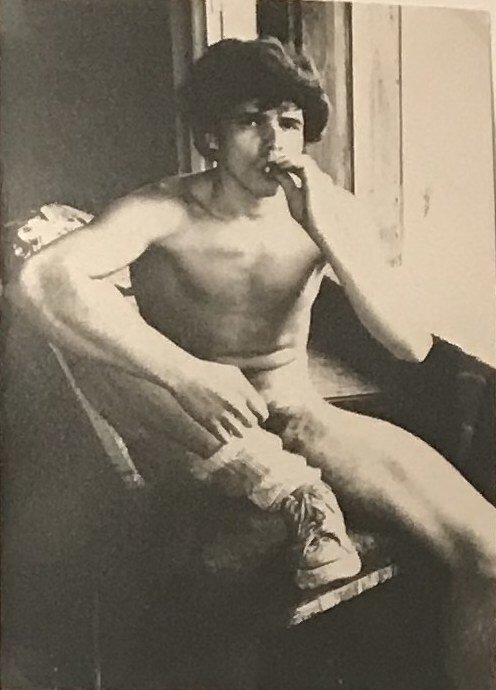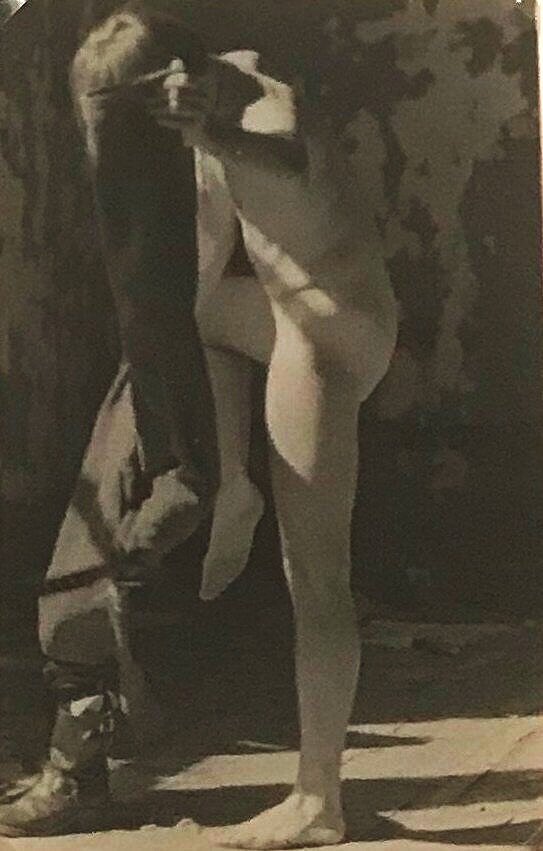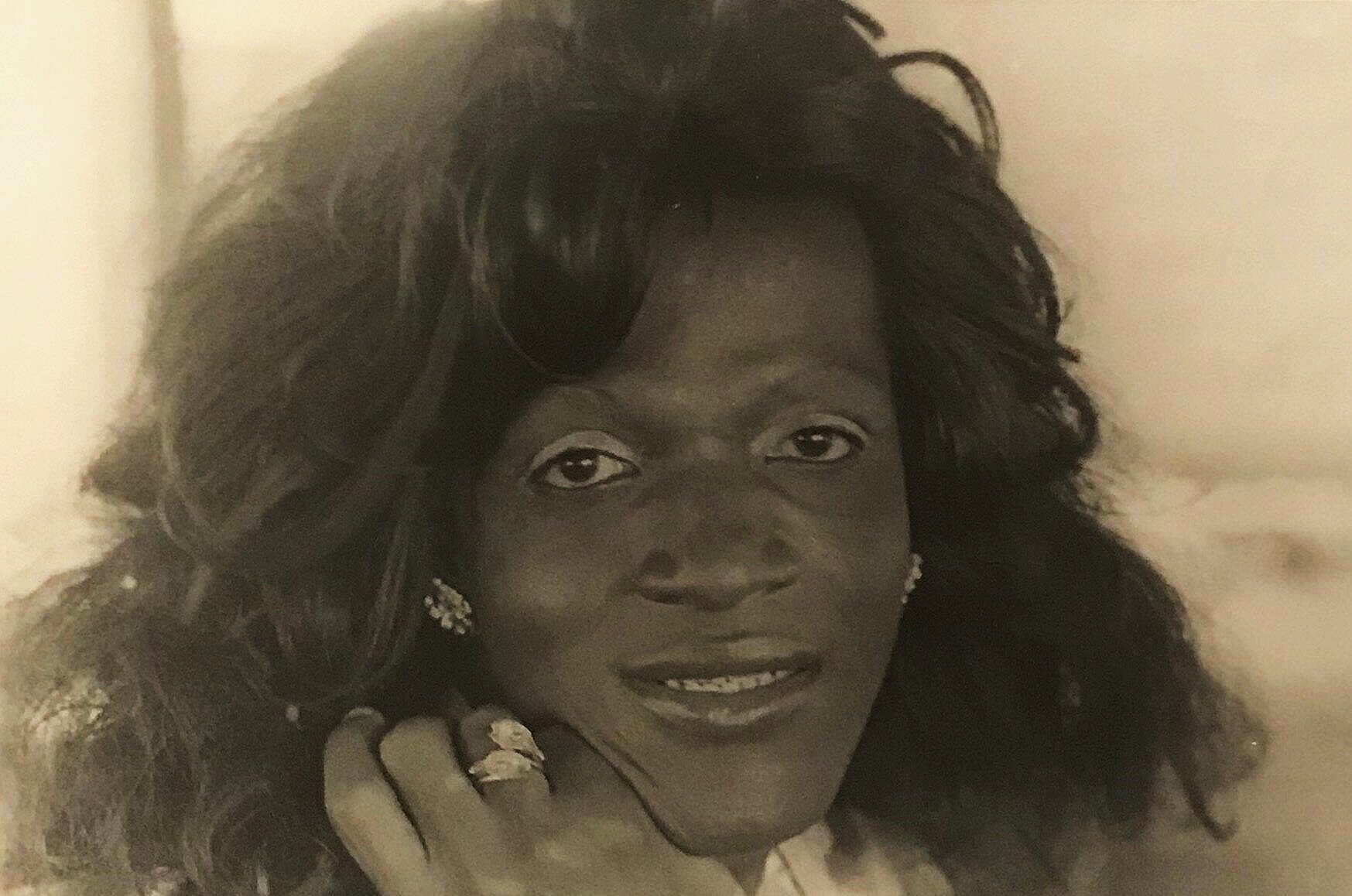Bronx Museum’s Alvin Baltrop Exhibit Pays Powerful Tribute to LGBT Community
By July Torres
A new exhibit at the Bronx Museum featuring photos by Alvin Baltrop captures the strength and beauty of the LGBT community in the 70’s and 80’s. Overlooked and under-appreciated until recently, Baltrop’s rare photography sheds light on gay culture, and shows his admiration for a community that was often overlooked during this time period.
Born on Dec. 11, 1948, Baltrop worked a series of jobs to make ends meet. When he joined the U.S. Navy as a medic in 1969, he began photographing sailors at leisure and managed to capture a sense of authenticity, as well as spontaneous moments at the New York City piers.
Baltrop’s exhibit is housed in a warm, spacious gallery where his photographs hang neatly against a bland, gray wall.
In his description of the exhibit, the museum’s Director of Curatorial and Education Programs, Antonio Sergio Bessa, wrote, “[Baltrop’s] photographs might strike the viewer as innocuous scenes of male bonding, but soon they reveal, by accrual, Baltrop’s erotic pursue.”
A number of pictures of nude men hang amongst pictures of vacant places and random scenery. His photographs hold a smidge of innocence, but deeper into the room, the rawness gives viewers insight into the photographer’s own desires.
These images make viewers experience feelings of curiosity Baltrop must have felt when taking them. It is clear when stopping to admire his photographs that he was displaying his appreciation for sexuality in the hectic environment of the 80’s.
Baltrop’s work is personal, yet he seemed like an outsider that archived his experiences with his camera as if in a diary. Whether done consciously or not, Baltrop’s photography is a form of documenting; through his lens, he recorded both his time in the Navy and at the piers in an unrehearsed way.
In spite of the nudity and innuendos, Baltrop’s photography does not come across as vulgar. The photographs are intimate and full of freedom, mostly depicting naked men who sunbathe comfortably around each other conveying peace. Nearly all of Baltrop’s photographs at the exhibit reveal skin. He seemed to appreciate the beauty of the male body, as it is a major focus in his art at the exhibition.
A photograph that stands out is the portrait of transgender activist Marsha P. Johnson, a pioneer who was at the forefront of the Stonewall Riots and gay rights movement. In the photograph, Johnson gently places her head on her hand and smiles subtly while Baltrop’s lens admires and captures her beauty. Johnson’s presence is so illustrious that it is difficult to miss this work of art in a sea of photographs.
In the 1960’s, bars in NYC were not granted licenses if they served gay people; police were able to get a warrant to raid Stonewall, where they arrested 13 people. Bar patrons fought back and supporters also joined, inciting the Stonewall Riots that lasted nearly six days. Johnson and her friend, Sylvia Rivera, helped find the organization Street Transvestite Action Revolutionaries (STAR), which sheltered homeless and transgender youth.
Manhattan’s West Side piers became a stint for the community in the 70’s and 80’s where gay men would sunbathe, cruise, and hook up. Later, the place was riddled with drugs, prostitution, and violent crimes, but even so, Baltrop was drawn to the piers and spent a significant amount of time there with his camera.
Through his lens, Baltrop saw and captured genuine moments of vulnerability and liberation. As soon as you enter the exhibit, you feel that his photographs are a primary source for the gay culture which existed at the time. The exhibit will run from Aug. 7 to Feb. 9, 2020.




40 Years Later, Stephen King’s ‘The Shining’ Sequel is a Chilling Scare
By Kadija Doumbia
Nearly 40 years after the release of the cult classic 1980 horror film, “The Shining” (directed by Stanley Kubrick and starring Jack Nicholson), its sequel, “Doctor Sleep,” does a fantastic job of balancing the “original book” story while maintaining the same eerie tone, horror sensibility and creative liberties that helped “The Shining” reach its notoriety 39 years ago.
The original film is based on the 1977 book by critically acclaimed horror fiction author, Stephen King, and has been distributed worldwide since its U.S. release; it was registered to the National Film Registry last year for its cultural influence.
In “The Shining,” Jack Torrance is a writer recovering from alcoholism, who applies for a job at the isolated Overlook Hotel and moves in with his family. At the hotel, strange occurrences cause Jack to slowly lose his sanity.
“Doctor Sleep” takes place 31 years after the original movie’s premiere. The new film also adds some of its own flare, which results in an easy to watch stand-alone movie. It follows the story of Dan Torrance, Jack’s son. Dan (played by Ewan McGregor) has returned to the Overlook Hotel after surviving his father’s attempted murder in the previous film. Scarred by the incident, in adulthood, he has turned to alcohol to cope.
But his life turns around because of his friend Billy Freeman, who helps him find an apartment.
Dan later lands a job at a hospital as a hospice worker who puts people at ease when they are dying.
Dan’s alcoholism adds a relatability to the character, in the sense that facing a traumatic event, can cause an individual to turn to drugs and alcohol in order to numb the pain of living through that event. It also extends to other self-harming activities as well. The job at the hospital and getting an apartment set up the building blocks to his redemption.
The audience learns that Dan has spent years suppressing supernatural abilities called the shining, which allows him to read people’s minds and emotions. Upon meeting Abra, a young woman with similar powers, the two form a friendship over their shared abilities.
One of the most gut-punching movie scenes is the introduction of the film’s antagonists led by Rose the Hat and her subordinates, Crow Daddy and Snakebite Andi. A cult that feeds on the mysterious life force of “steam” from children, the “True Knot” seeks to extend their natural lifespan. In a shocking twist, a young boy named Bradley falls victim to the group.
Audiences could only watch in terror as his “steam” was sucked from his body by the group. The visceral depiction of the child’s on-screen death is a testament to the film’s commitment to instilling fear in its viewers.
A similar scene can be recalled in “The Shining,” when Jack’s wife, Wendy, is almost strangled by the ghost of a woman haunting the Overlook. Jack refuses to believe her and accuses her of making the story up as a product of her neurosis, a consequence of living uneasily in the abandoned property. In general, being forced to live in a neglected building with daily supernatural occurrences can make anyone feel uneasy.
In both films, Room 237 is a source of misery for the main characters. The room is also an important plot device that propels Dan and Abra forward as they try to solve the mystery behind the source of their family’s pain.
King’s uncanny ability to incorporate supernatural elements into the lives of ordinary people is why he has remained the undisputed king of horror novels. Both “Doctor Sleep” and “The
Shining” display the psychological breakdown of a parent and child who are confronted with powers and situations that they can’t hope to understand.
The introduction of Abra into the story’s mythos was also a smart choice by the filmmakers.
Audiences find themselves fully invested in her journey, as she works to uncover her roots, discovers the potential of her psychic abilities, and learns the details of her family’s history. Overall, the film more than lives up to the high expectations of book and movie fans alike, and is worth seeing by anyone who pursues a good scare.
“Immigrant Daughter” is a Moving Tale of Family Healing and Hope
By Melissa Tejada
Published on Aug. 21, 2019, Catherine Kapphahn’s, “Immigrant Daughter: Stories You Never Told Me,” documents her powerful journey as a daughter uncovering the unknown life of her late mother, Marijana Kanjer, before the author’s birth.
Kapphahn, an English professor at Lehman, immerses readers in a cinematic experience full of emotions and intimacy by revealing and slowly assembling Marijana’s life-puzzle.
Throughout the story, Marijana strategically uses suppression to build layers of self-protection and strength that keep her traumas fresh wounds. This leaves holes in Kapphahn’s understanding of her genealogy, but eventually, she peels back the layers of her mother’s life with raw authenticity.
The memoir at first transports readers to a hunt in Oriovac, in the countryside of Croatia, where Marijana’s childhood memories lie. The engaging details and descriptions allow readers to practically bask in the landscape, while experiencing the author’s desperate hunger for truth.
The story then progresses from Marijana’s peaceful country life to wartime hardships and illness during her time dwelling in Zagreb. Kapphahn’s ability to capture this uncertain and disturbing time vividly depicts Marijana’s resilience. This part of the narrative powerfully connects with scenarios of current wars driven by extremist leaders and highlights the need to avoid repeating previous mistakes that contribute to inhumane consequences. In this context, the theme of loss stands out repeatedly throughout the memoir.
These events both show Marijana’s own struggles and represent the efforts of refugees to escape conflict in an attempt to secure their future generations. In Marijana’s case, she moves from Europe to different parts of Latin America, where she meets, falls in love with and marries Dave, the author’s father. Marijana’s personality grows stronger as she travels with Dave. The couple struggles with physical stability, but regardless of momentary distance, their love and familial devotion maintain their unity and keeps their hearts beating as one.
Through her narrative, Kapphahn also navigates her ancestral roots by connecting with family members she couldn’t meet before, which teaches the importance of lineage and how it ripples through generations and individuals’ identities. The different people Kapphahn encountered reveal how Marijana hopes for new life and the fear or excitement she felt about the future, all of which form part of immigration experiences. Through their accounts, Marijana’s character takes on multiple identities in a figurative sense.
Despite sacrifices taken to complete this memoir, Kapphahn details her own transformation through grief, and what began as a journey through loss becomes a journey to self-discovery.







